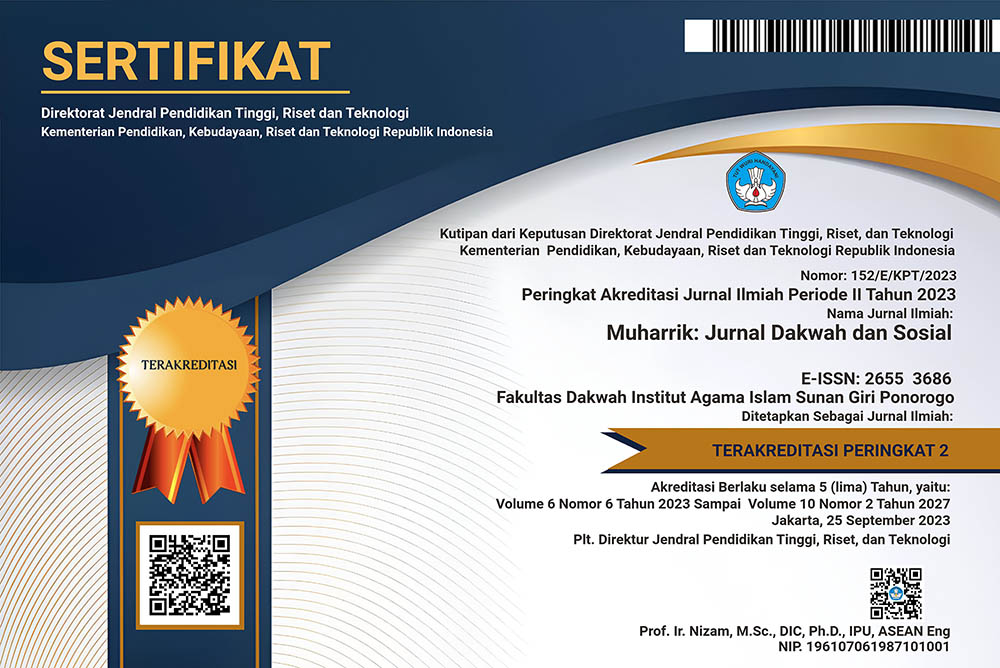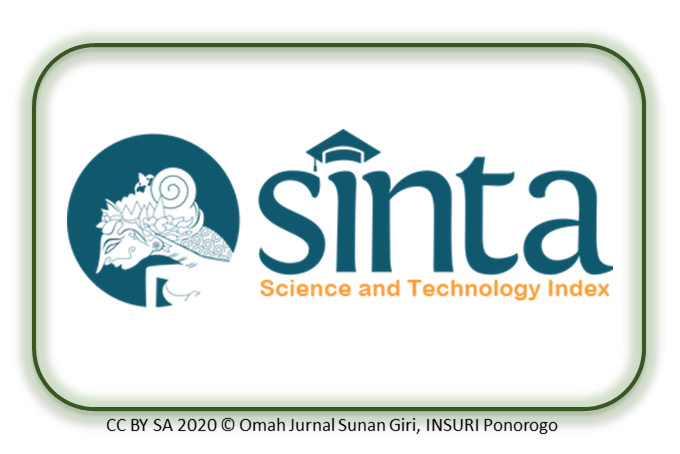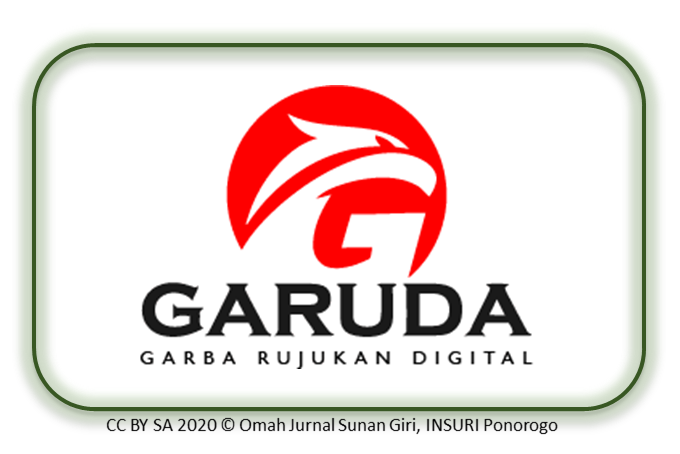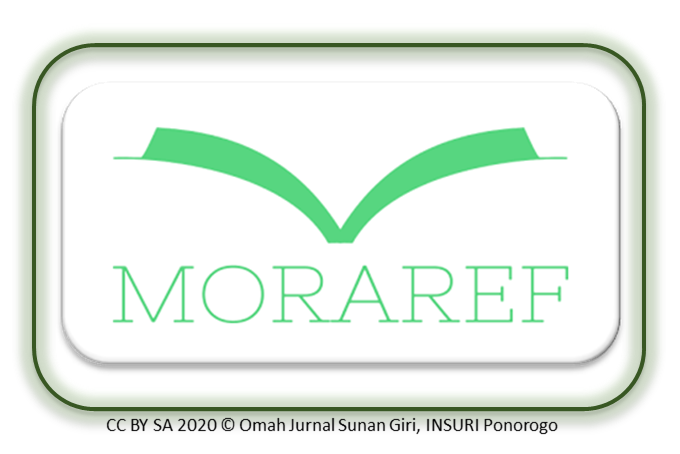Sentiment Analysis of Sexual Violence on Twitter: Emotions, Public Perception, and Discourse
Keywords:
Sexual Violence, Twitter, Sentiment AnalysisAbstract
Sexual violence has captured the attention of many people these days. Not only because the numbers tend to increase during the Covid-19 pandemic but also because of the locus. The problem answered in this research is what Twitter users' sentiments are about sexual violence and what Fairclough's analysis of this is. The criteria for the data to be retrieved are tweets with filters: tweets with Indonesian, having the keyword "Sexual Violence," with upload from January 1, 2021, to December 31, 2021. The sexual violence data was analyzed sentiment to determine the response of Twitter users to the issue of sexual violence, which involved the use of Natural Language Processing. Methods to interpret emotions and topic modeling analysis with Machine Learning algorithms to keywords of sexual violence. Data analysis in this study uses the sentiment analysis method, namely the meaning of text with the rules of the netnographic approach, which was then sharpened by Fairclough's critical discourse analysis. Based on the data, the emotions of Twitter users are anger (31.1%), sadness (29.4%), happiness (18.6%), love (14.7%), and fear (6.2%). The polarity that reflects Twitter's attitude toward Sexual Violence appears in the word "Victim," while sentiment that reflects anger and fear appears in the word "Act(s)." It can be concluded that Twitter users empathize with victims who should get protection and attention. Sentiment analysis regarding sexual violence on Twitter not only reveals individual feelings and opinions but also reflects and influences the power structure and ideology in society. These findings reveal the importance and contribution of tweets on Twitter to stimulate social movement and support the formation of regulations that can provide security, especially for children and women.
Downloads
Published
Issue
Section
License
The author(s) retain/s the copyright and grant/s Muharrik: Jurnal Dakwah dan Sosial the first publication rights licensed under the Creative Commons Attribution-NonCommercial 4.0 International (CC BY-NC 4.0) , which allows others to access (search, read, download and quote), share (copy and redistribute the material in any media or format) and adapt (mix, modify and develop) works for legitimate non-commercial purposes, with recognition of the authorship of the work and its initial publication in this journal.












